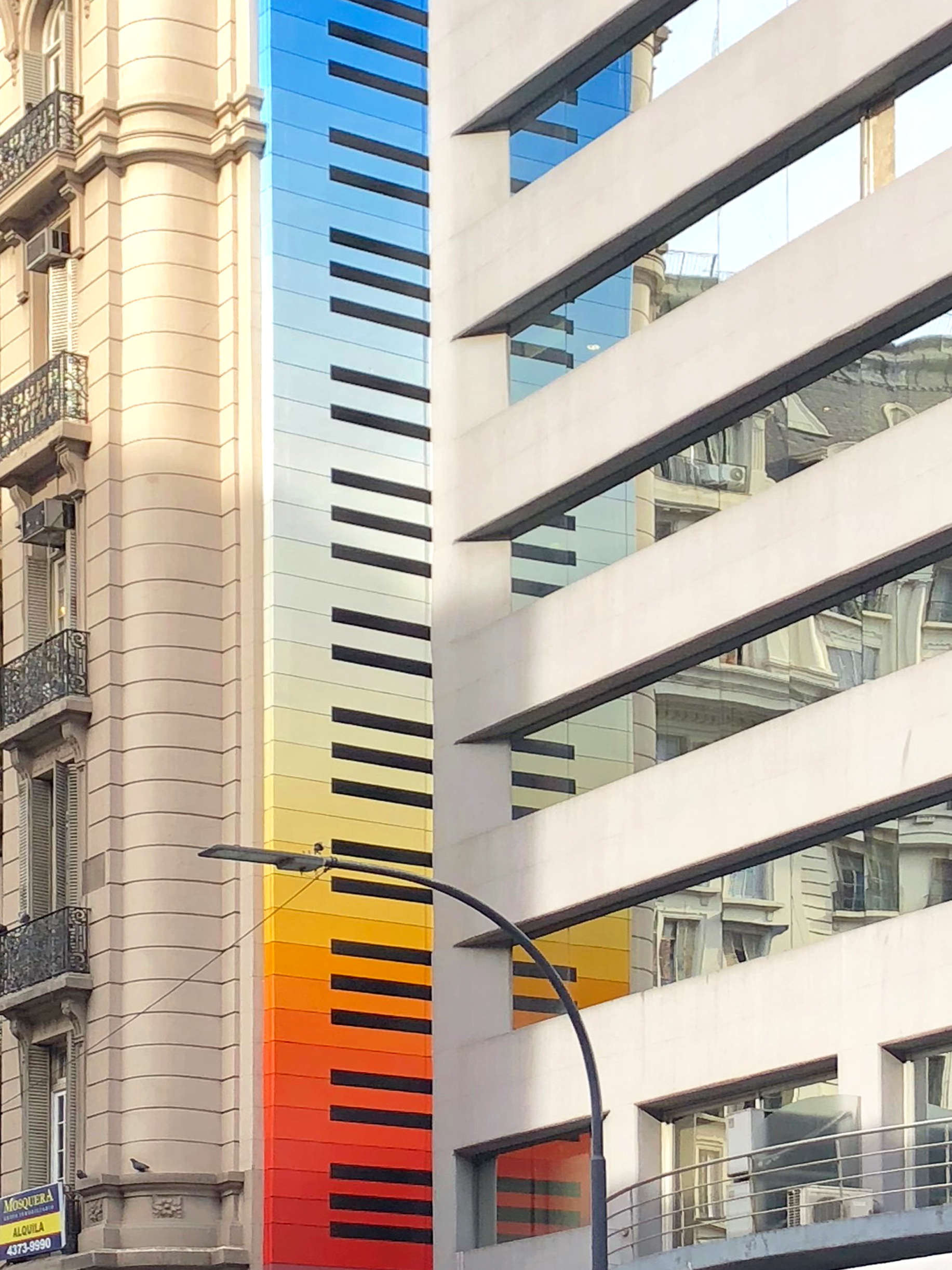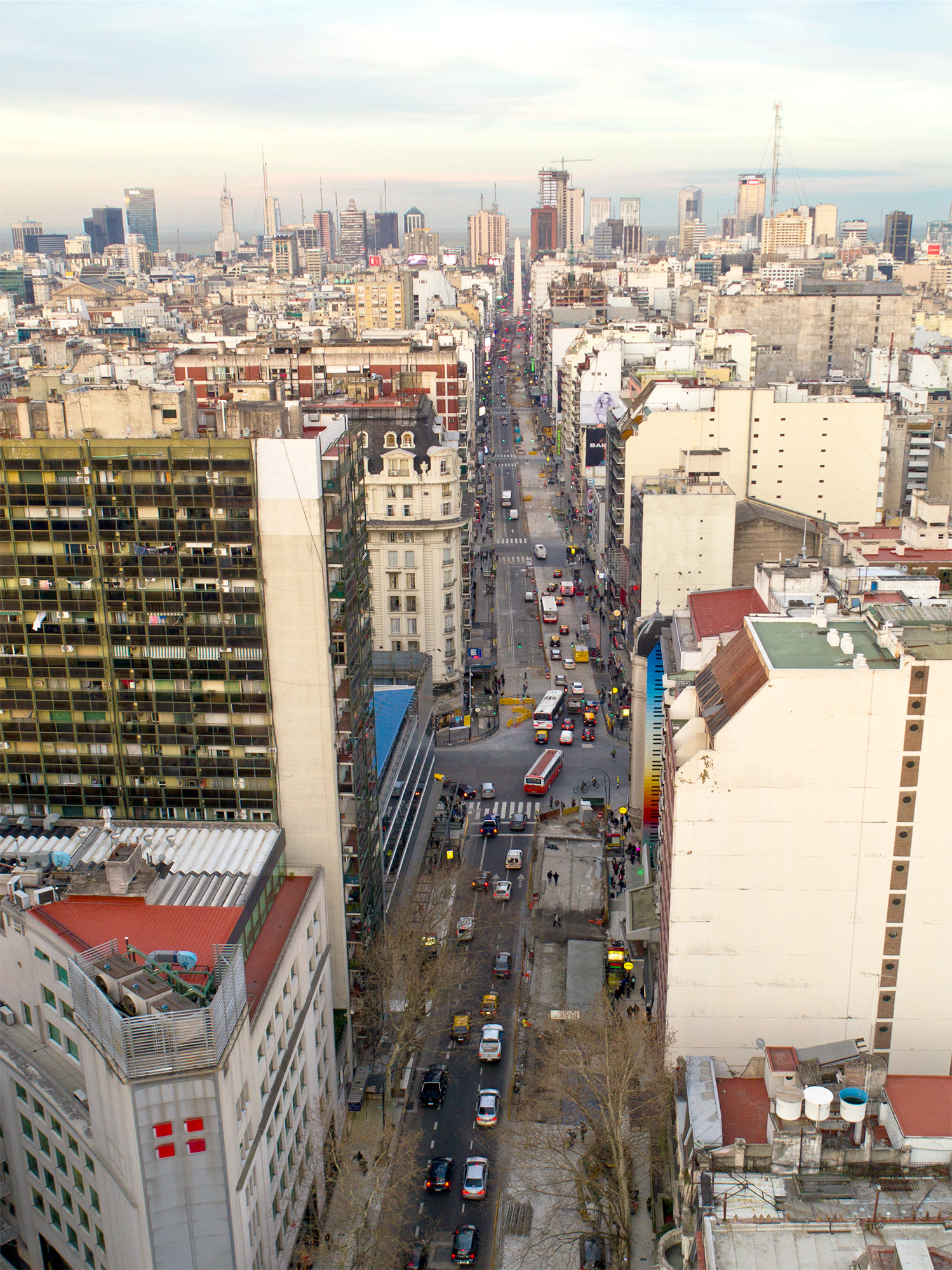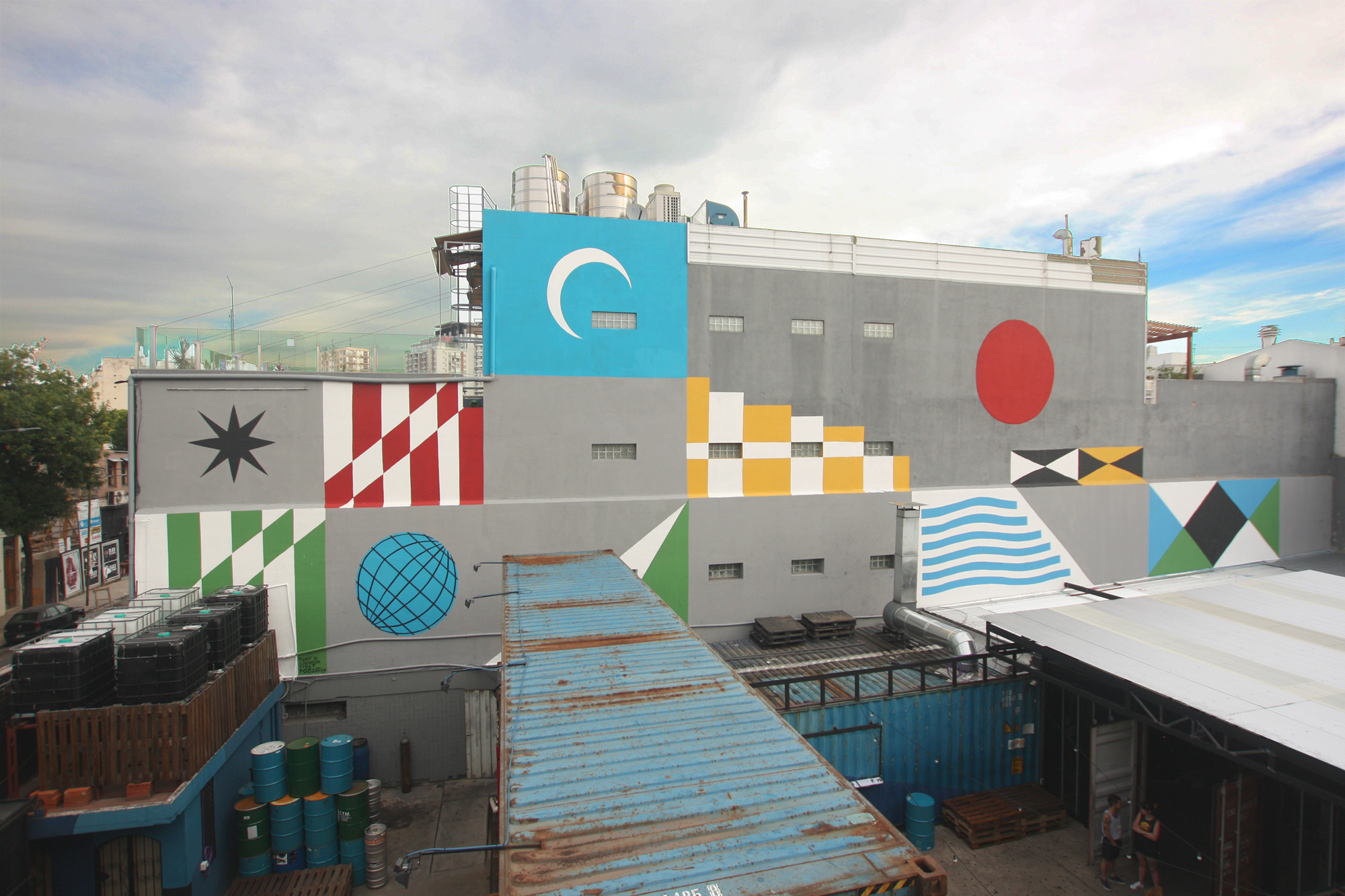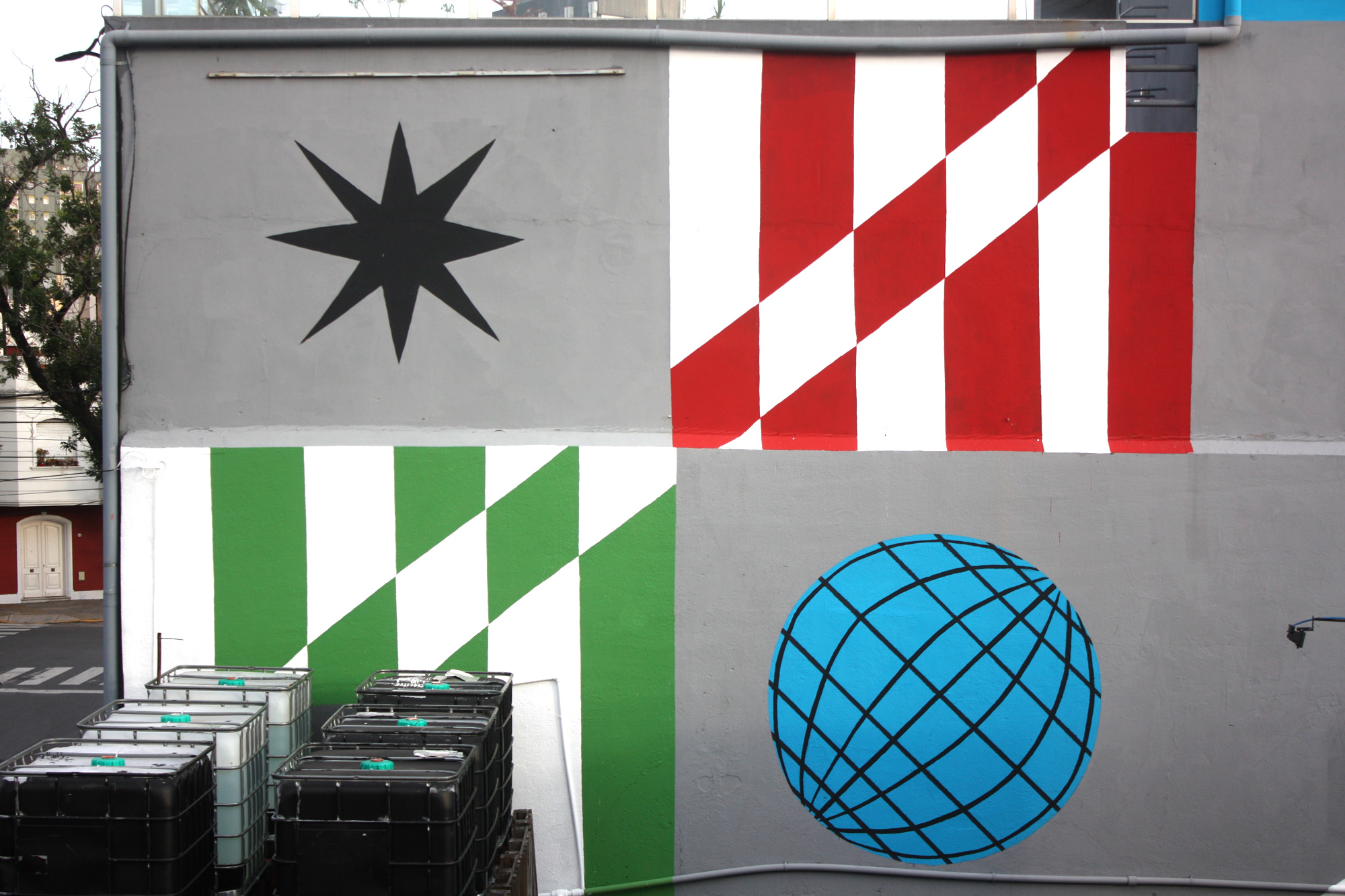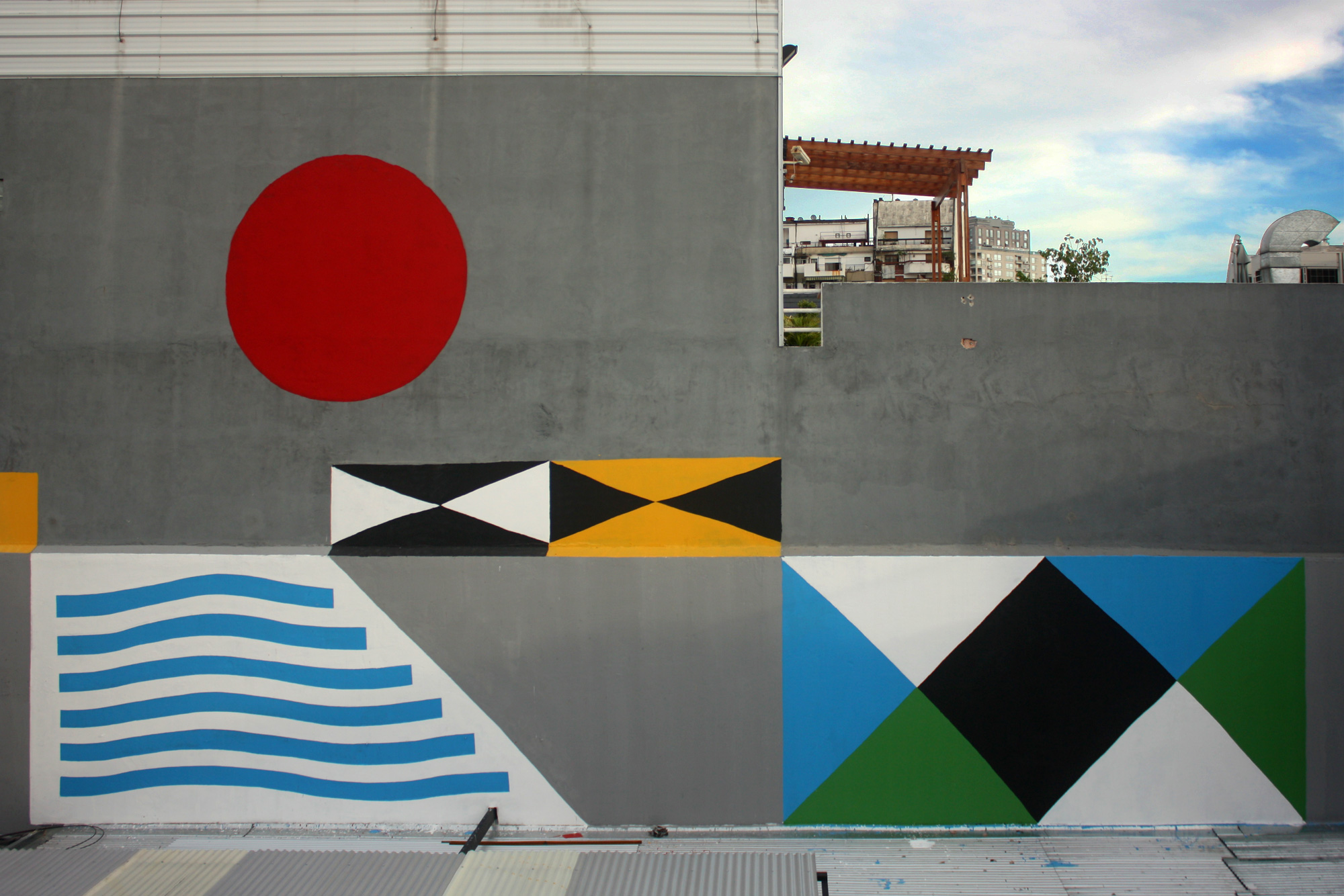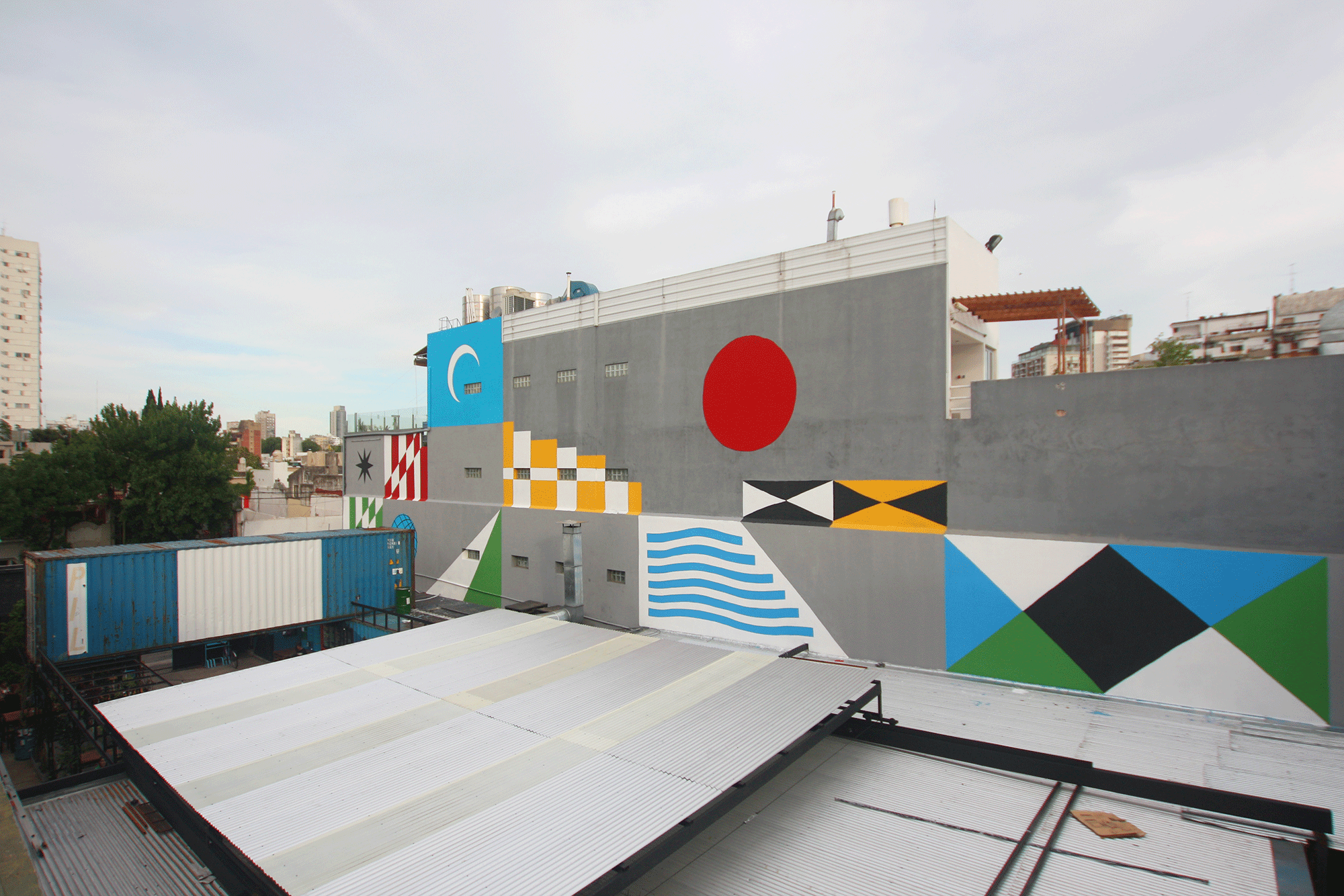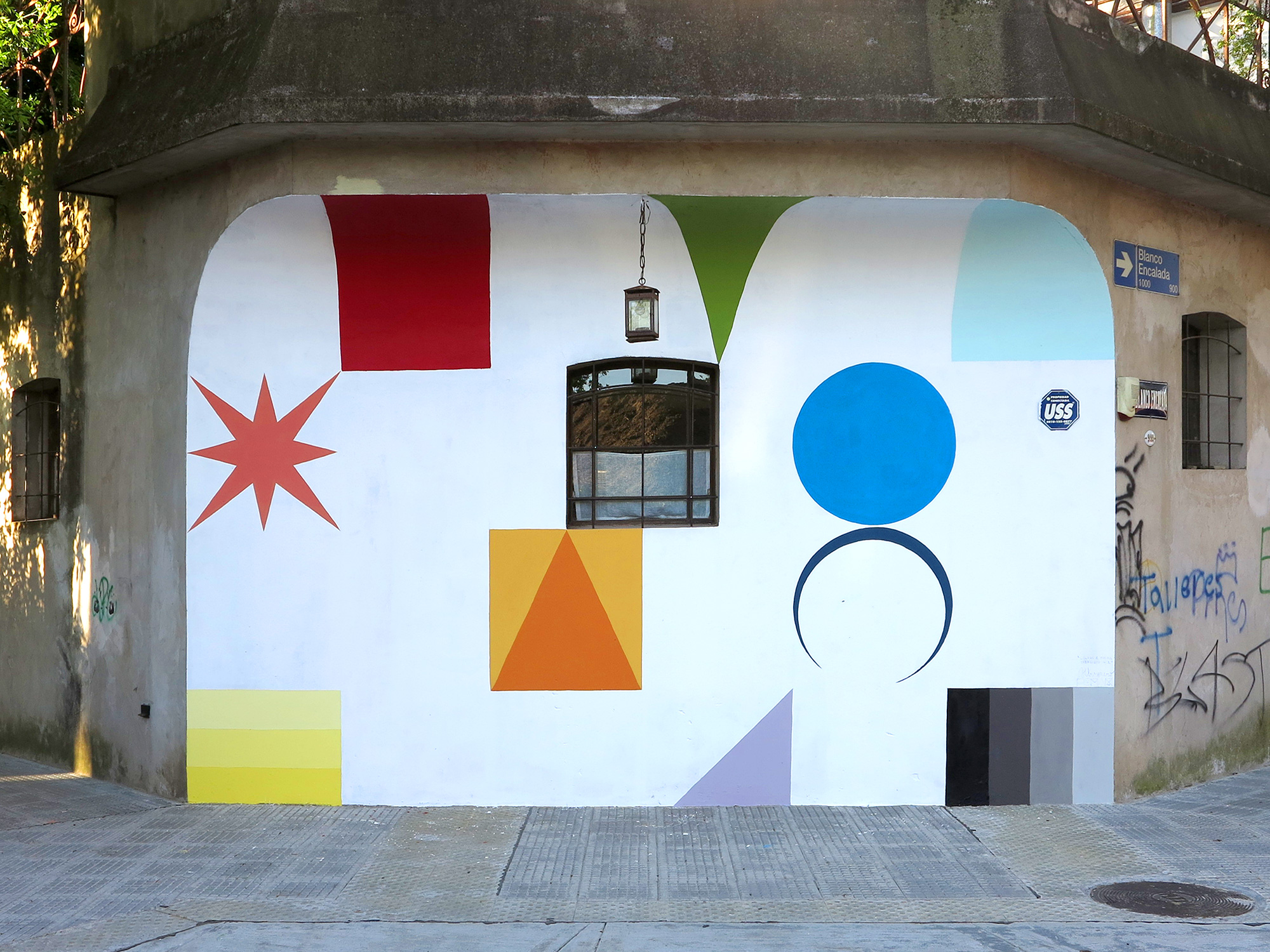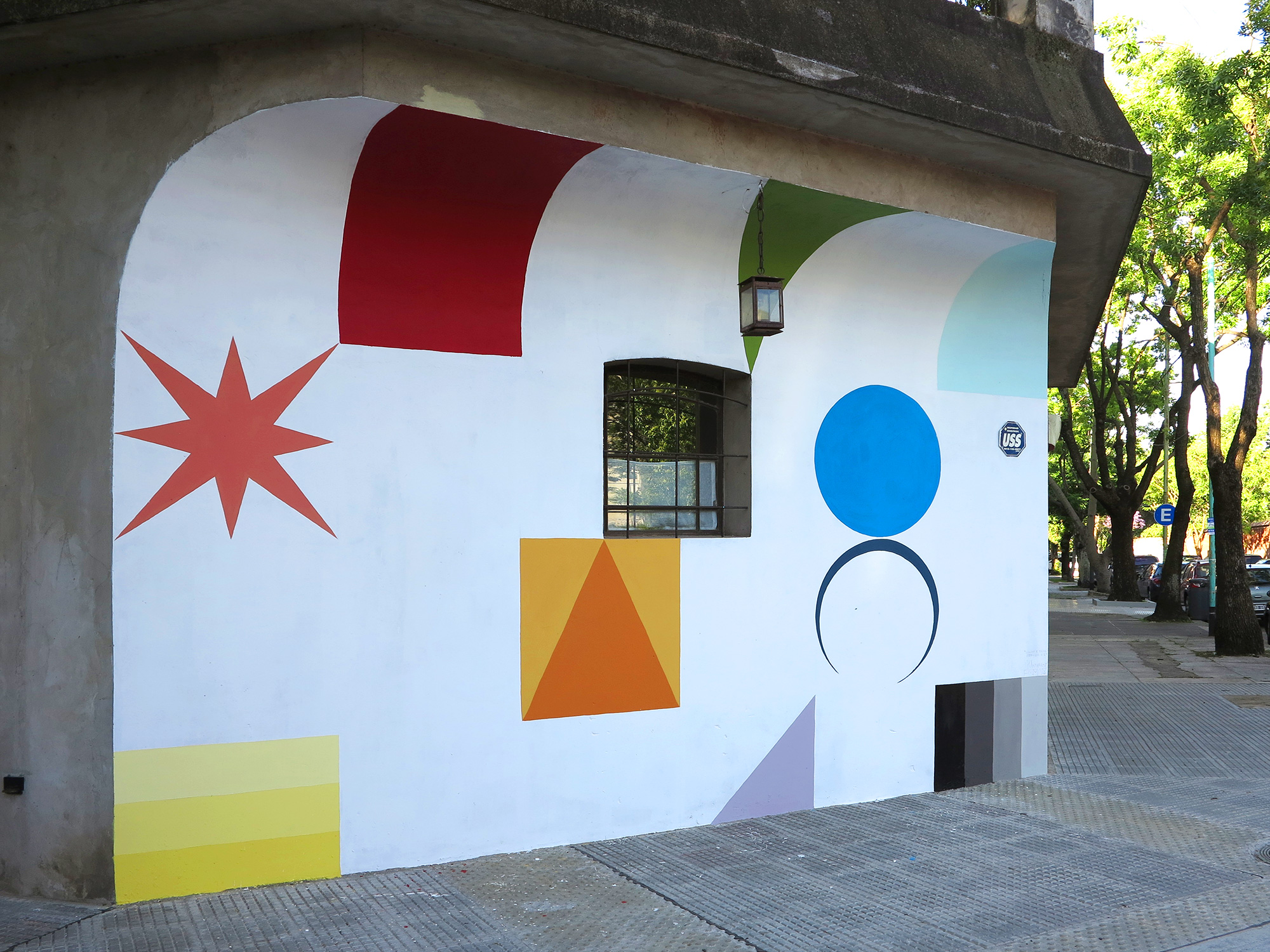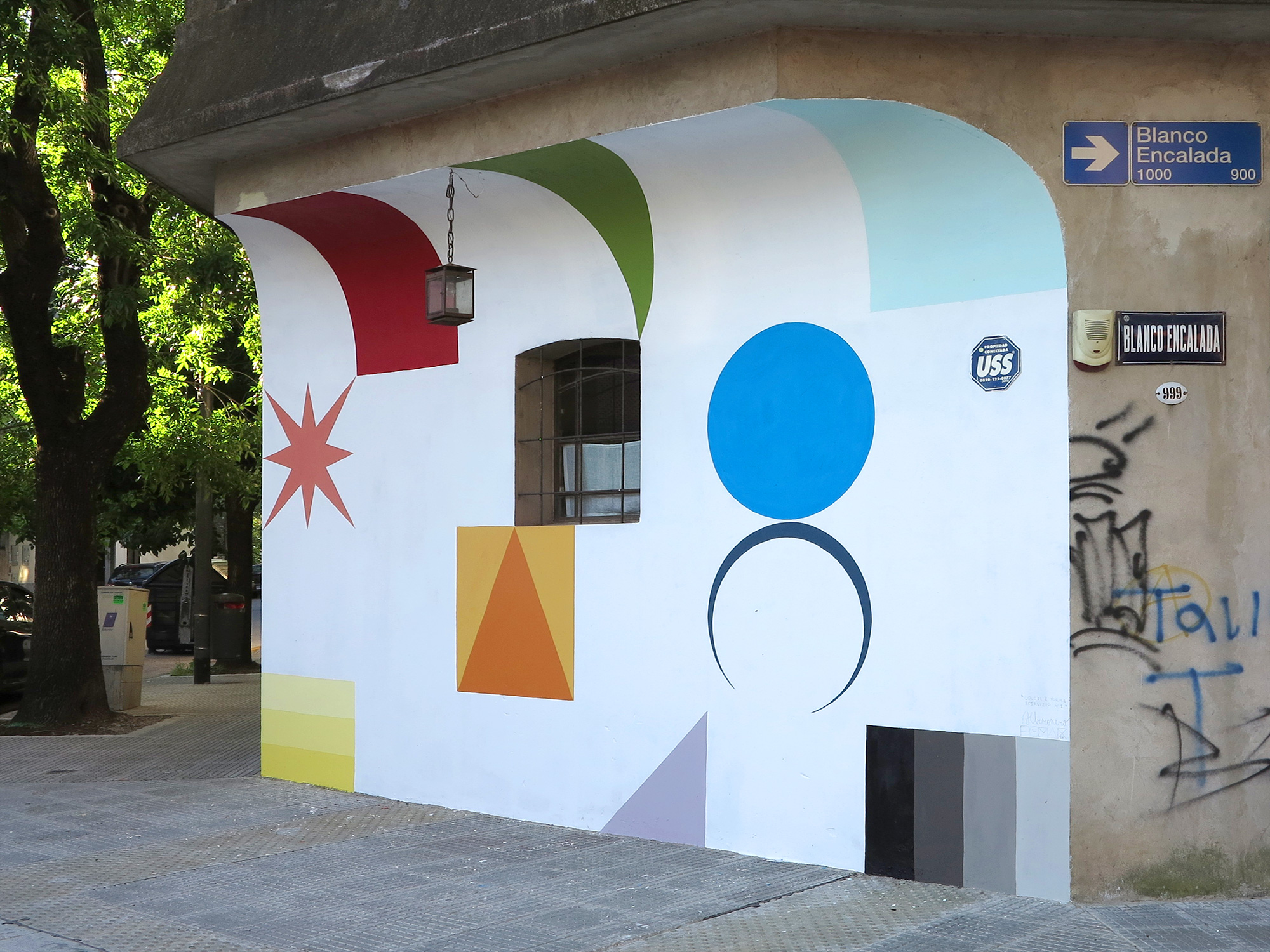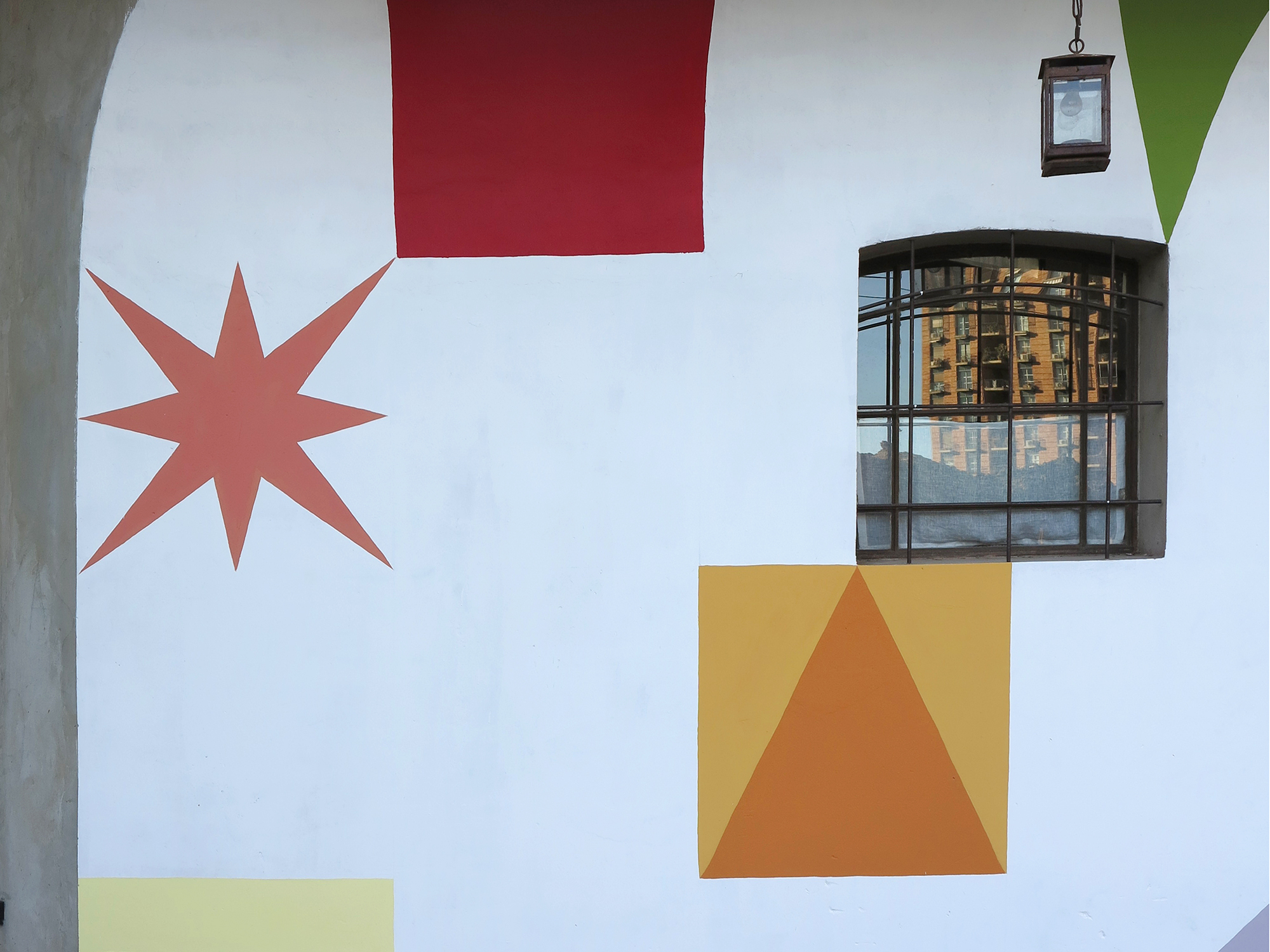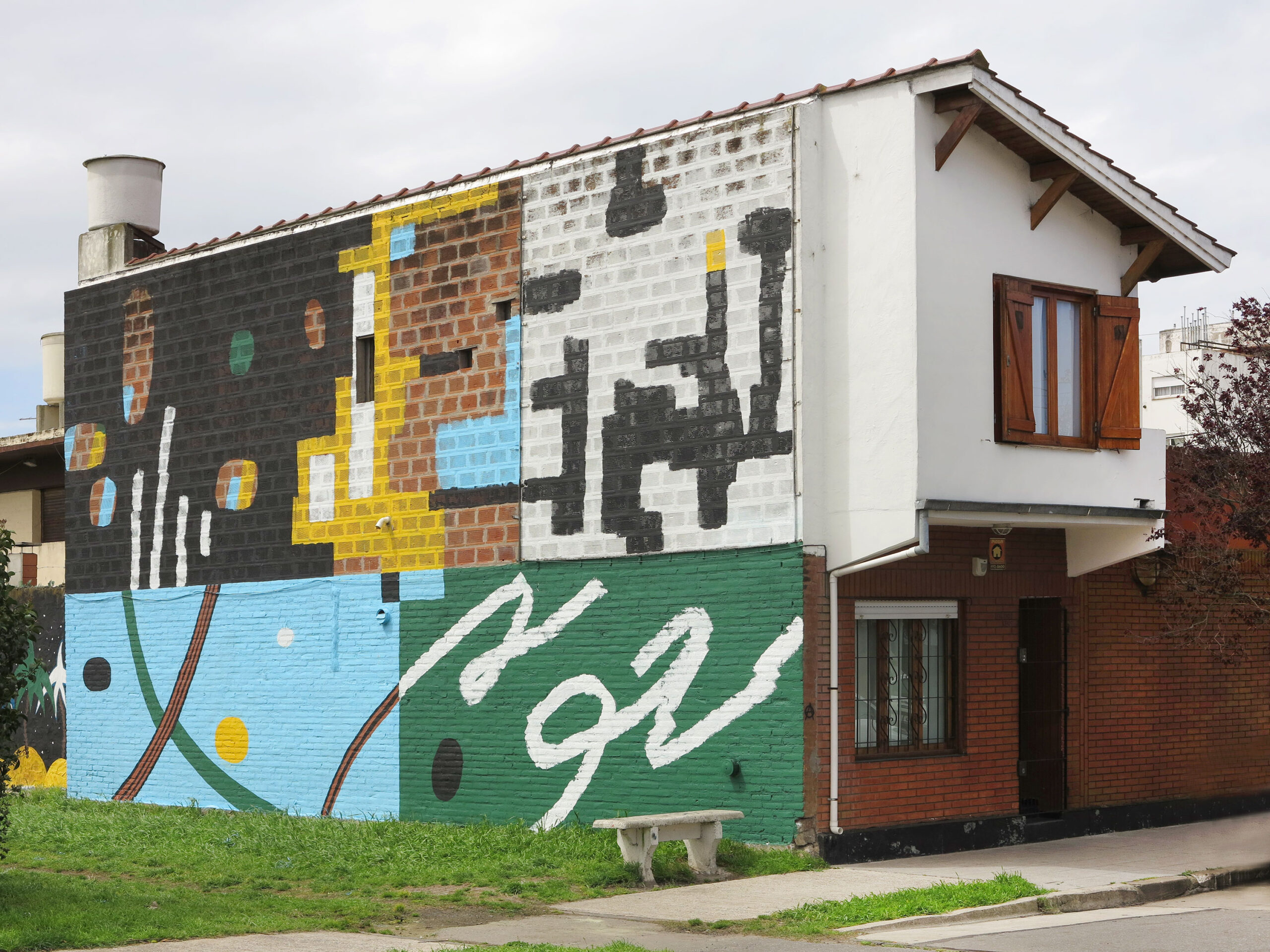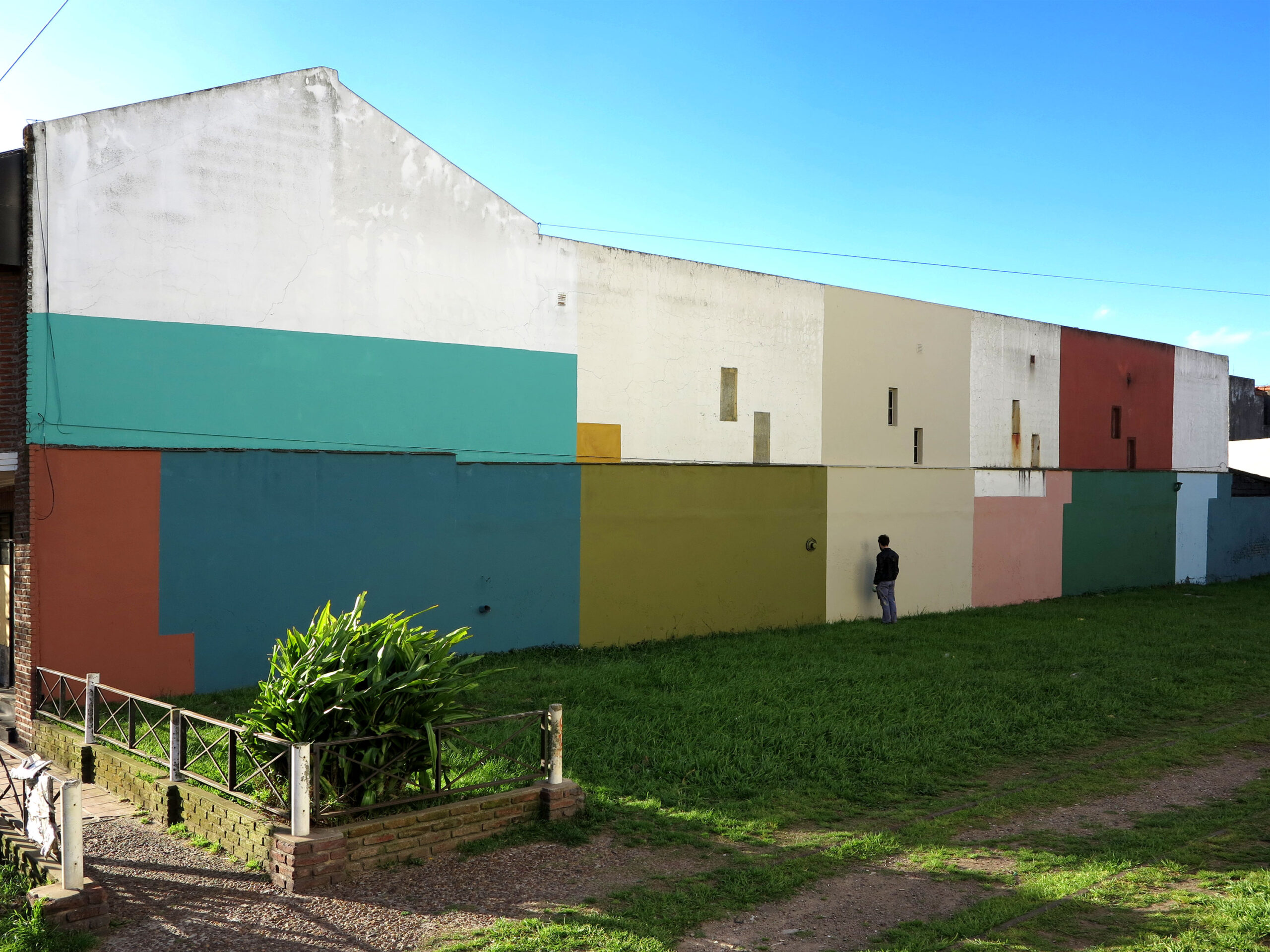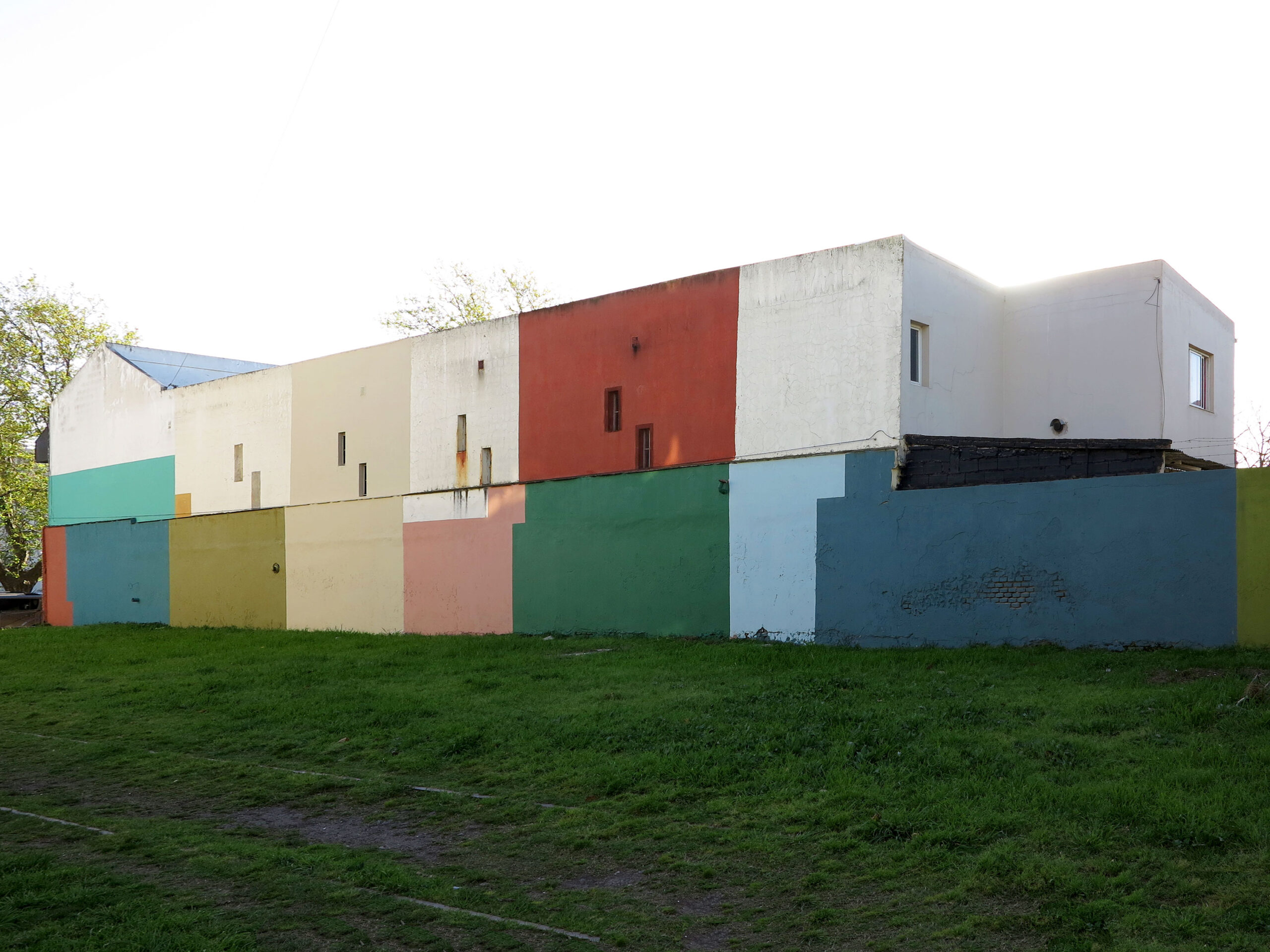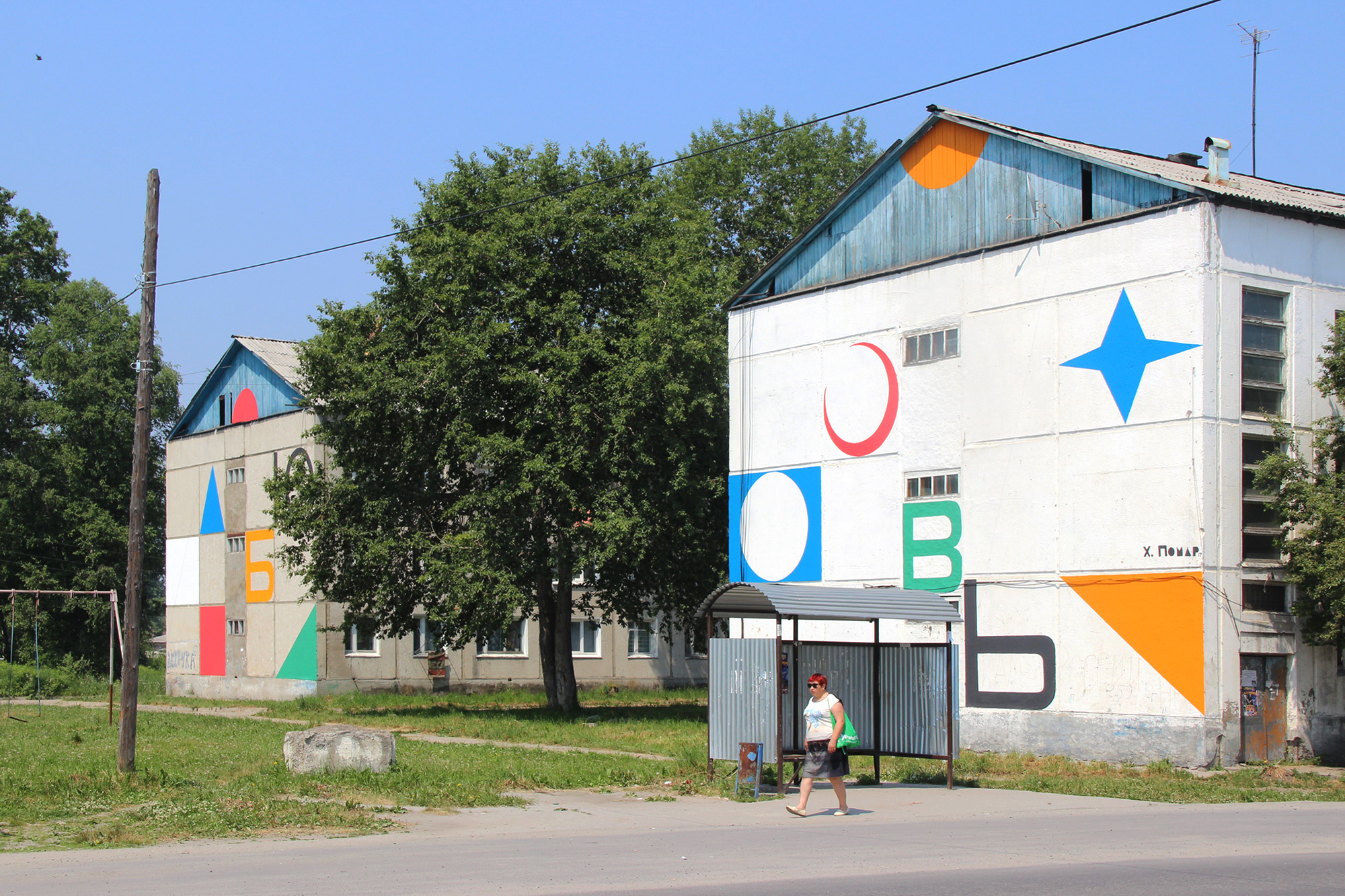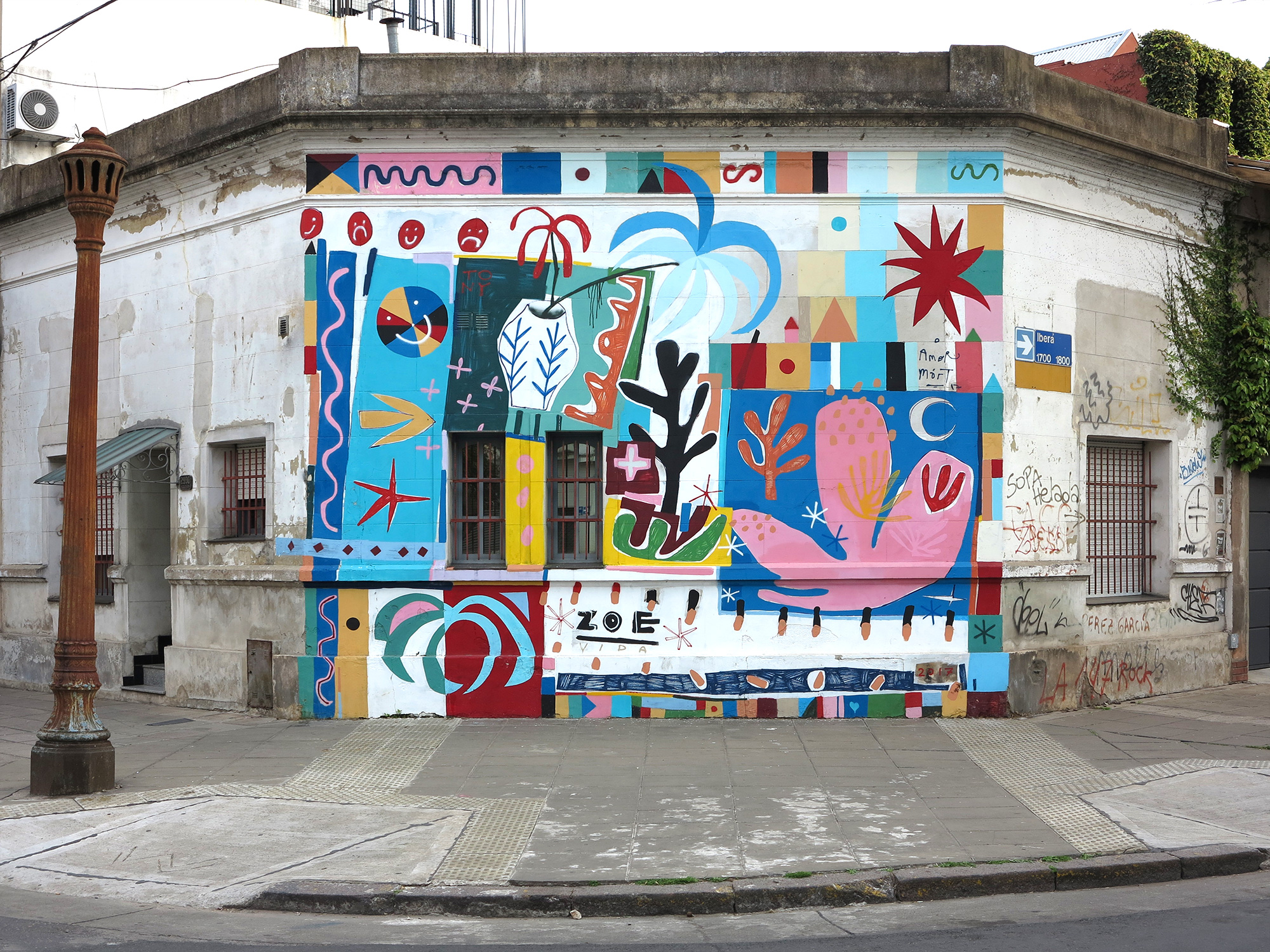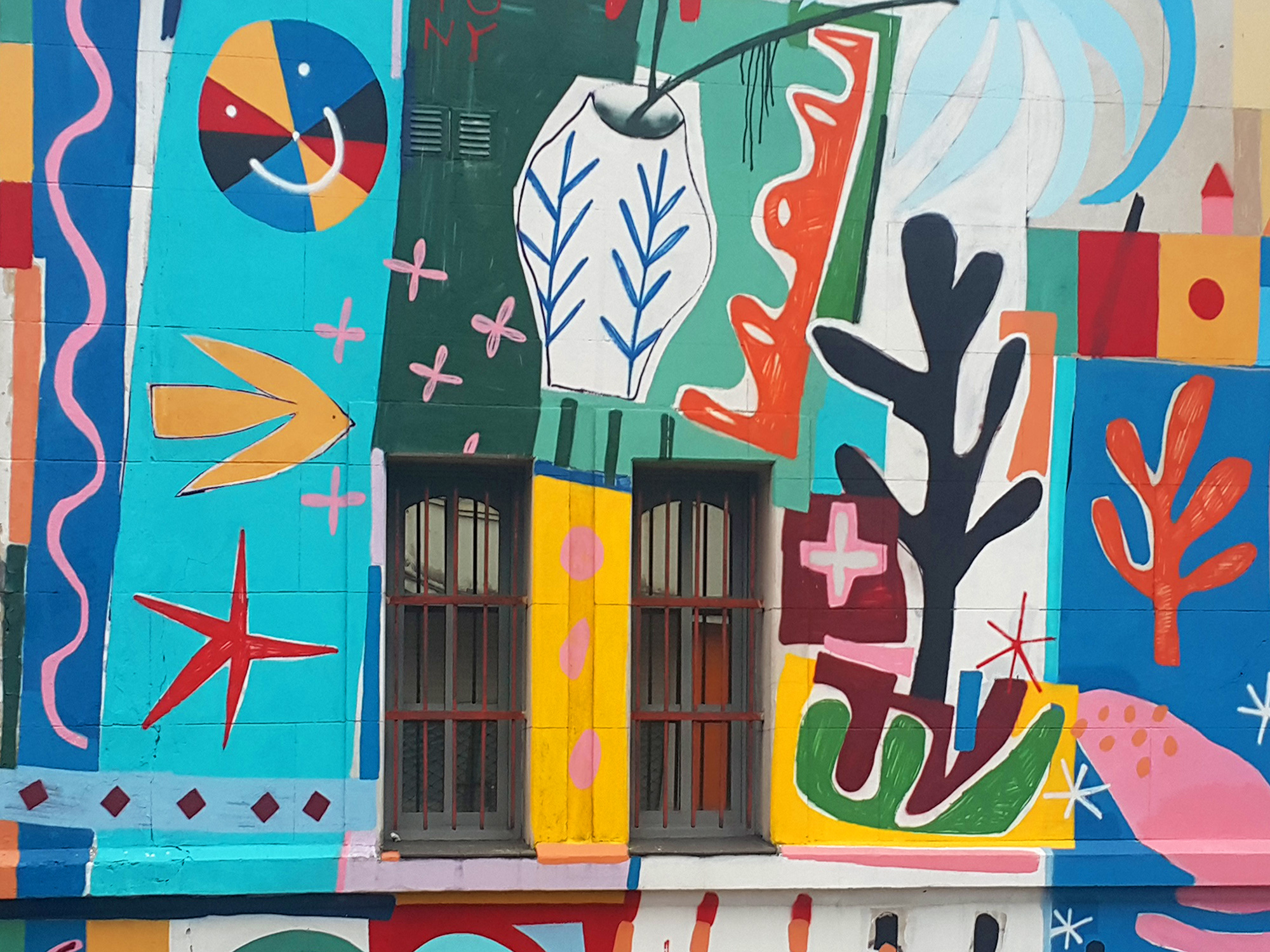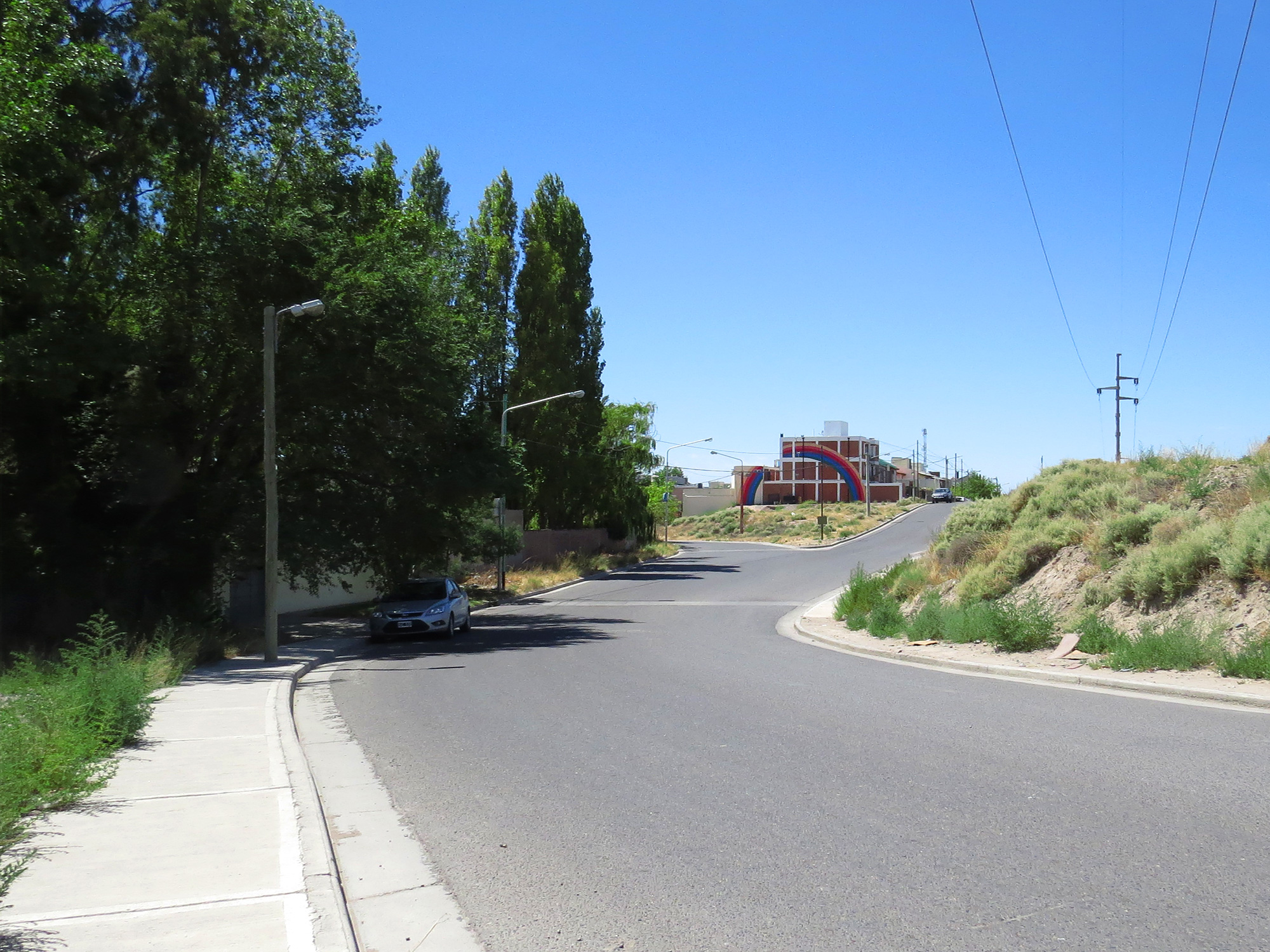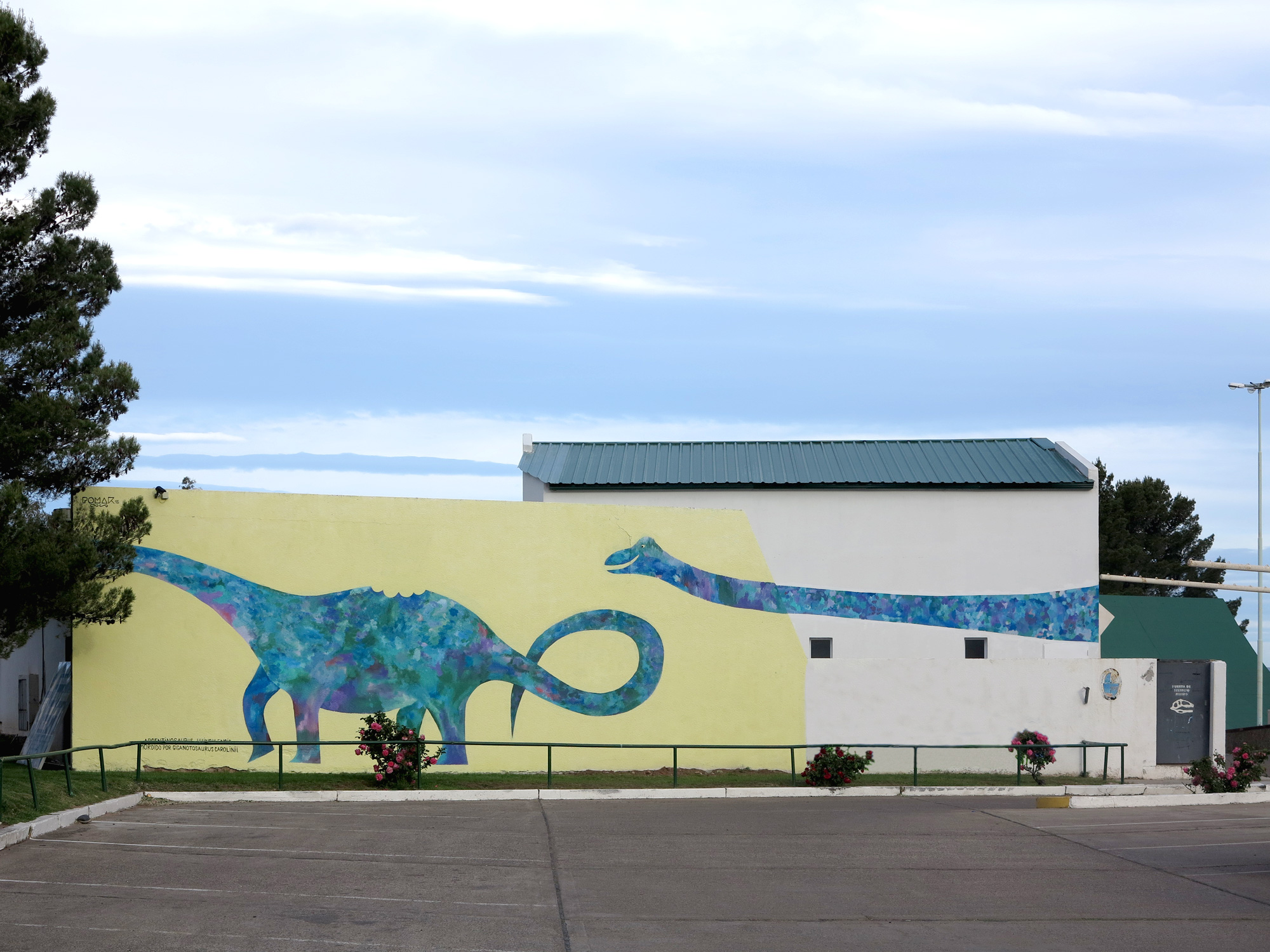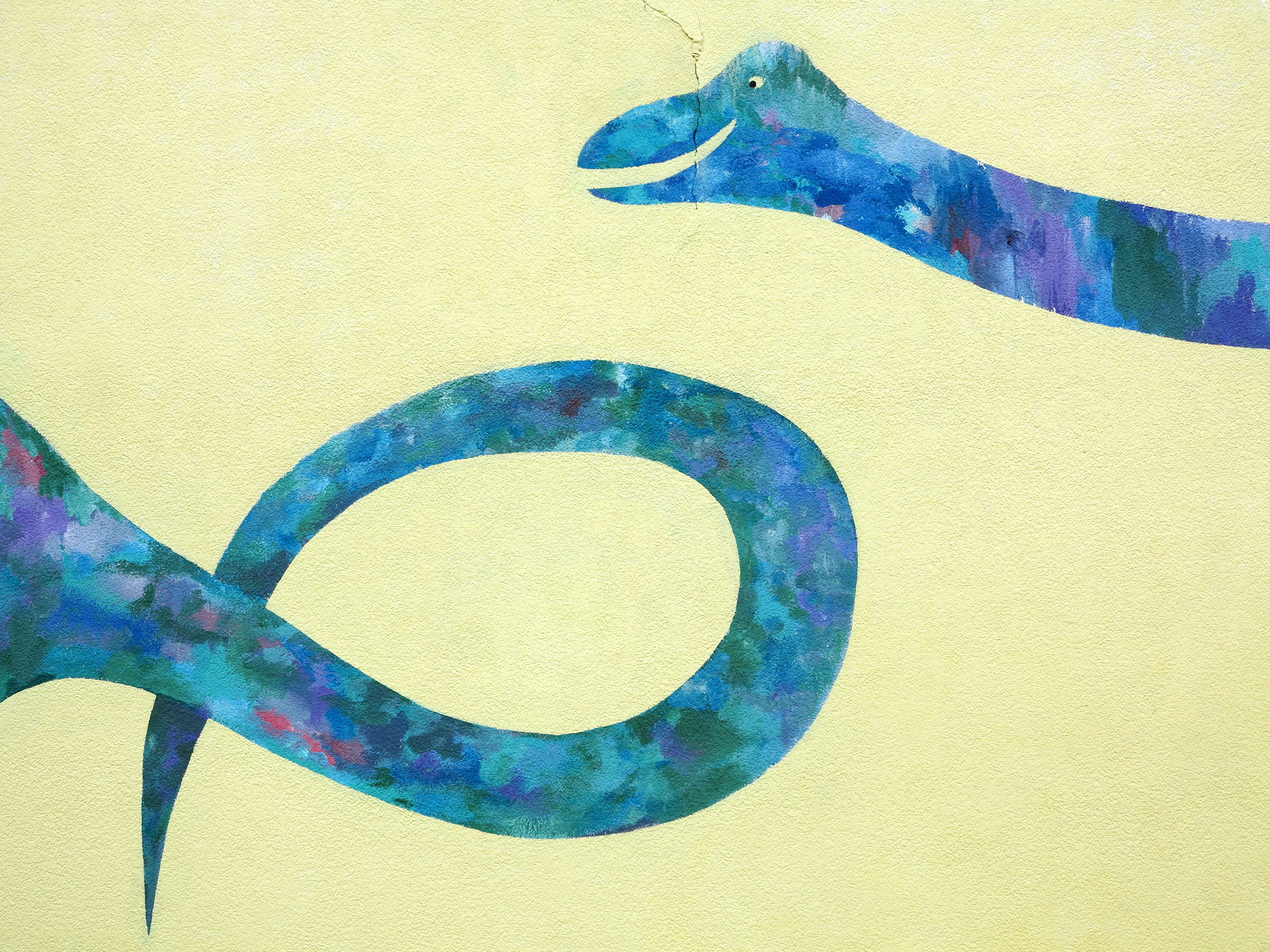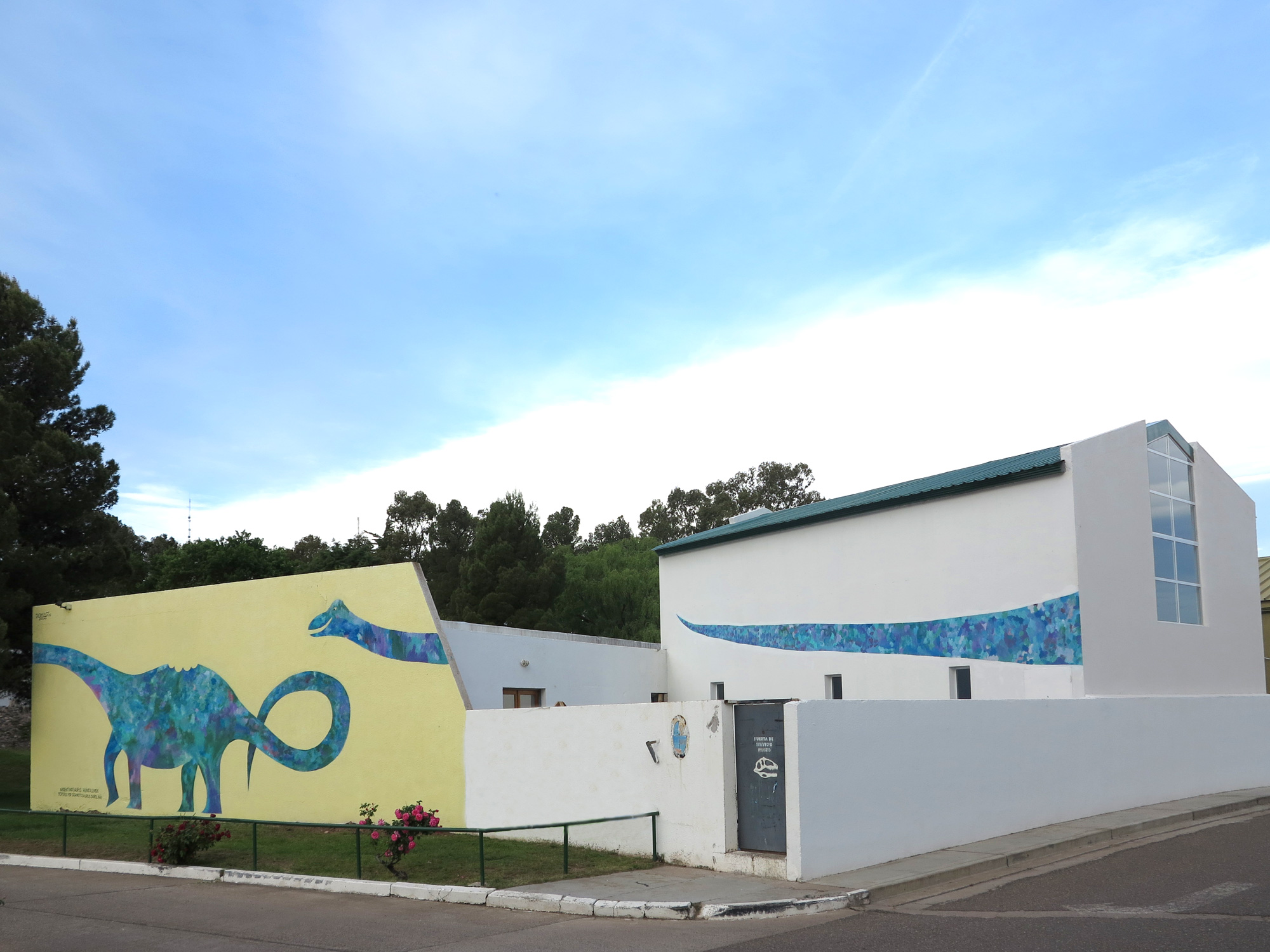Buenos Aires, Argentina 🇦🇷
Serie “Herencia de Buenos Aires”
Proyecto independiente y autogestionado
Pintura acrílica sobre muro de concreto
2 x 31 m
2018
Drone de Unlimited.fly y Aerovisuales
Video dirigido por Orco Videos y Juan Ignacio Zevallos
Diseño web de Los Caballos: 64tonosdebuenosaires.com.ar
•
Durante varios meses conversé con amigxs, taxistas, mozxs, transeúntes y anónimxs sobre una pregunta que me atrapó: ¿cuál es la canción que representa a Buenos Aires? De Piazzolla a Sumo, de la Tana Rinaldi a DJs Pareja, pasando por Ca7riel y Soda Stereo, empecé a juntar respuestas en una lista de Spotify que llamé "64 tonos de Buenos Aires". Una noche salí a caminar por... Leer más
